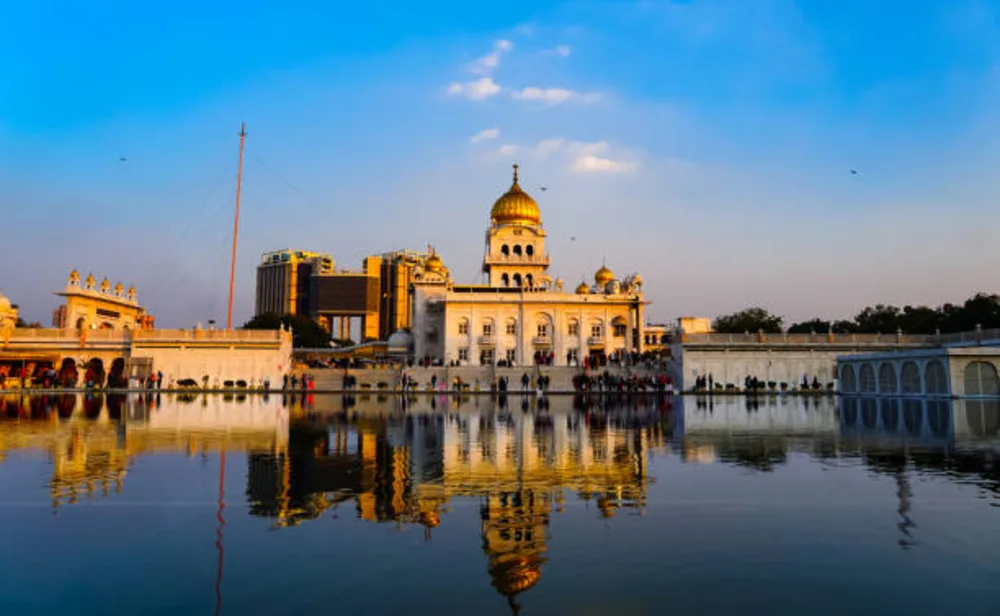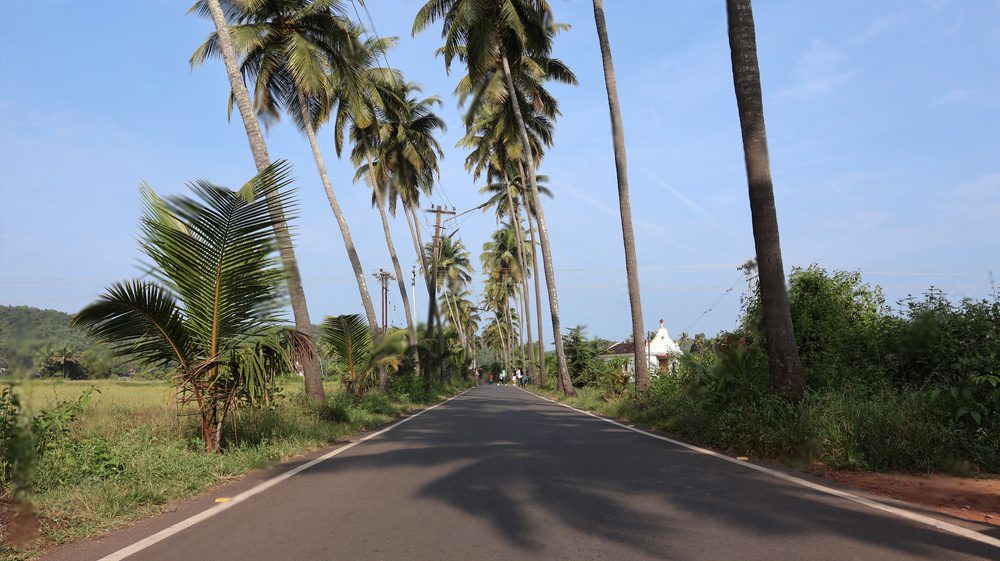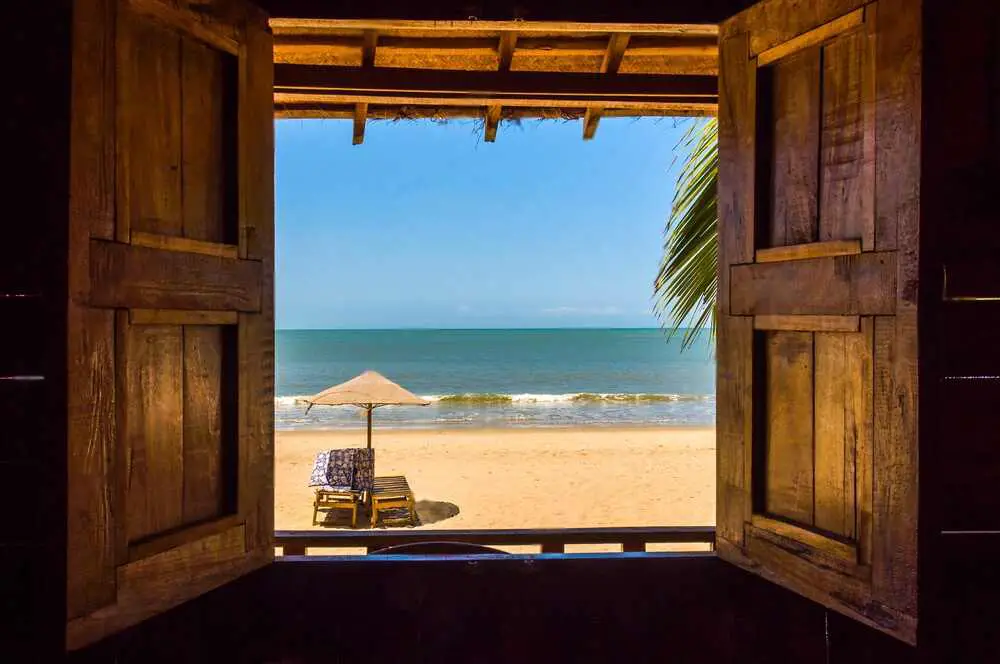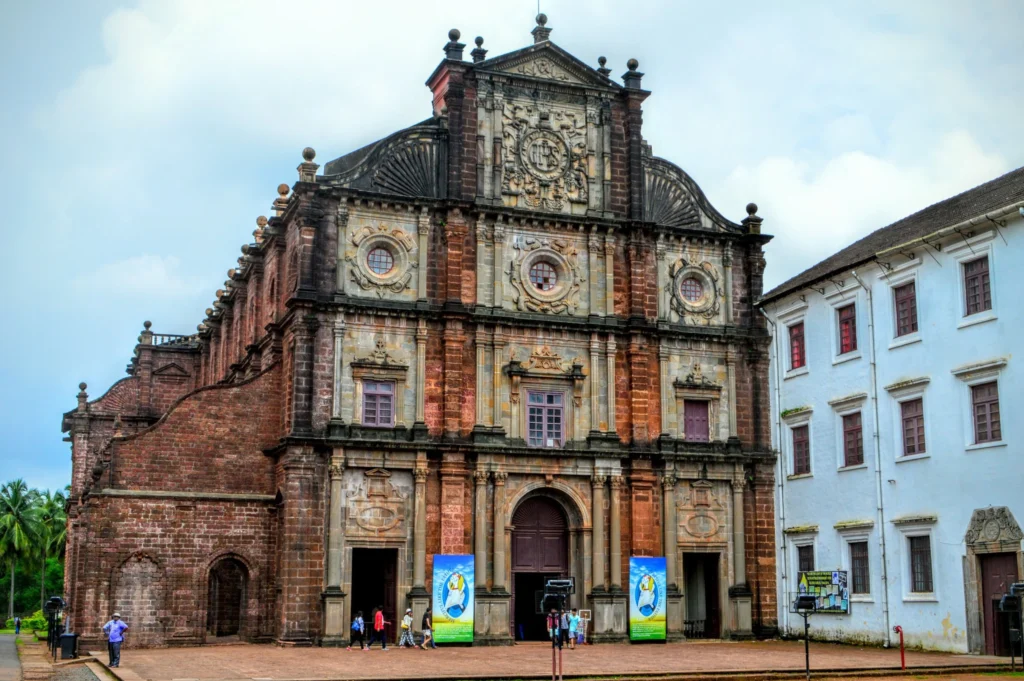When visiting the heart of Delhi, one can’t miss the serene and awe-inspiring Bangla Sahib Gurudwara. As one of the most significant Sikh temples in India, this Gurudwara is more than just a place of worship—it’s a symbol of peace, unity, and historical significance. The Bangla Sahib Gurudwara history is intertwined with spiritual teachings, selfless service, and the essence of Sikh culture, making it an iconic destination for travelers, historians, and devotees alike.
In this blog, we will dive deep into the Bangla Sahib Gurudwara history, exploring seven powerful insights into its rich heritage. This comprehensive guide will not only provide detailed historical knowledge but will also cover FAQs, a special table about the Gurudwara, and a section for those eager to explore more about similar spiritual sites.
The Spiritual Essence of Bangla Sahib Gurudwara History
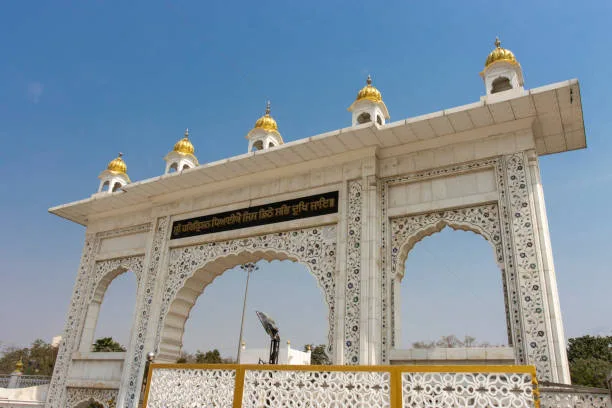

The Bangla Sahib Gurudwara history embodies a profound spiritual essence that resonates with all who visit. From its origins linked to Guru Har Krishan Ji, the Bangla Sahib Gurudwara history highlights the values of compassion and service. This sacred space not only serves as a place of worship but also stands as a testament to selflessness through its daily Langar. Understanding the Bangla Sahib Gurudwara history invites visitors to reflect on the teachings of Sikhism, fostering a sense of unity and peace. As you explore, the Bangla Sahib Gurudwara history unfolds stories of resilience, kindness, and devotion that inspire countless souls.
Key Highlights of Bangla Sahib Gurudwara
| Feature | Details |
| Location | Connaught Place, Delhi |
| Founder | Built by Raja Jai Singh in memory of Guru Har Krishan Ji |
| Significance | Symbol of selfless service and compassion |
| Architectural Style | Sikh architecture with a golden dome and white marble |
| Sarovar (Holy Pool) | Sacred pool believed to have healing properties |
| Langar | Free meals served to thousands daily |
| Opening Hours | 24/7 |
| Entry Fee | Free |
Also Read: Discovering Gurudwara Bangla Sahib: A Popular Spiritual Oasis in Delhi
1. The Origin of Bangla Sahib Gurudwara: A Deep Dive into Bangla Sahib Gurudwara History
The Bangla Sahib Gurudwara history dates back to the 17th century, during the reign of the Mughal Empire. Originally, this site was the bungalow (or ‘Bangla’) of Raja Jai Singh, a respected Indian ruler. The pivotal moment in history came when the eighth Sikh Guru, Guru Har Krishan Ji, visited Delhi during a severe smallpox and cholera epidemic. To provide relief, Guru Har Krishan Ji stayed at Raja Jai Singh’s residence, which was later transformed into what we now know as Bangla Sahib Gurudwara.
2. Architectural Marvel of Bangla Sahib
One of the most attractive aspects of Bangla Sahib Gurudwara history is its architectural splendor. The building, with its gleaming white marble facade and massive golden dome, stands out as an epitome of Sikh architecture. The grandiose structure reflects serenity and divinity, inviting devotees and tourists alike to immerse themselves in the peaceful environment.
3. The Sacred Sarovar (Holy Pool)
Another crucial part of the Bangla Sahib Gurudwara history is the Sarovar, or holy pool. It is believed that the waters of the Sarovar have healing properties, providing spiritual relief to anyone who takes a dip in it. Many devotees come to bathe or simply collect water from the Sarovar, known for its sacred significance.
4. Significance of Guru Har Krishan Ji
Central to the Bangla Sahib Gurudwara history is the tale of Guru Har Krishan Ji, who is fondly remembered as the “Balm of the Suffering.” Guru Har Krishan Ji, only five years old at the time, displayed immense wisdom and compassion by helping to treat the sick during the epidemic. He provided water from the Sarovar to the afflicted and selflessly cared for the people. Unfortunately, he contracted smallpox and passed away at a very young age. His legacy of kindness, humility, and service is what makes Bangla Sahib Gurudwara such a revered site.
5. How Bangla Sahib Became a Place of Selfless Service
The Bangla Sahib Gurudwara history is also deeply rooted in the Sikh tradition of “Seva,” or selfless service. The Gurudwara is renowned for its Langar (community kitchen), where thousands of meals are served daily to people from all walks of life, free of charge. This tradition reflects the principles of equality and charity, core tenets of Sikhism.
Visitors to Bangla Sahib can partake in the preparation or serving of the Langar, experiencing firsthand the beauty of this selfless service. The practice of Langar has remained unchanged for centuries and continues to draw thousands of devotees and tourists to the Gurudwara.
6. Festivals and Celebrations at Bangla Sahib
The Bangla Sahib Gurudwara history is filled with vibrant celebrations, particularly during Sikh festivals such as Gurpurab, Baisakhi, and Guru Nanak Jayanti. The Gurudwara comes alive with lights, hymns, and prayers, creating an atmosphere of spiritual rejuvenation.
During these festivals, thousands of devotees gather at the Gurudwara, reciting hymns, offering prayers, and partaking in the Langar. The celebrations beautifully reflect the unity, compassion, and spiritual strength that define the essence of Sikhism.
7. Visiting Tips: How to Make the Most of Your Visit
Visiting Bangla Sahib Gurudwara is an enriching experience, and to make the most of it, keep the following tips in mind:
- Respect the Customs: Visitors must cover their heads (scarves and cloths are provided at the Gurudwara entrance) and remove their shoes before entering the holy premises.
- Langar Participation: Be sure to experience the Langar; it’s a beautiful way to immerse yourself in the tradition of Seva.
- Time Your Visit: Early mornings and late evenings are the best times to avoid crowds and fully absorb the serene environment.
- Photography: While photography is allowed in some areas, refrain from taking photos inside the prayer halls to respect the sanctity of the place.
8. Educational Initiatives
The Gurudwara plays a pivotal role in promoting education about Sikhism and its core values. Through various programs, workshops, and seminars, it provides a platform for individuals to learn about the teachings of Sikh Gurus, the significance of the Guru Granth Sahib, and the principles of equality, community service, and humility that form the foundation of Sikhism. Additionally, the Gurudwara hosts educational camps for children and youth, aiming to instill a sense of identity and cultural pride. These initiatives contribute significantly to the preservation of Sikh heritage, ensuring that future generations understand and appreciate the rich history and traditions associated with the Bangla Sahib Gurudwara history.
9. Historical Transformations
Throughout its history, the Bangla Sahib Gurudwara has undergone significant transformations and expansions, reflecting the evolving needs of its diverse community of devotees. Initially built in the 17th century, the Gurudwara has seen various architectural enhancements, including the grand marble façade and the iconic golden dome that defines its current appearance. Each transformation is a testament to the resilience and adaptability of the Gurudwara, allowing it to accommodate the growing number of visitors and devotees. These historical changes not only enhance the physical structure of the Gurudwara but also reinforce its role as a spiritual and communal hub, vital to the Bangla Sahib Gurudwara history.
10. Symbol of Resilience
The Bangla Sahib Gurudwara history is a powerful narrative of resilience, having withstood numerous challenges throughout the centuries. From historical conflicts to the impact of social changes, this sacred space has remained a beacon of hope and a refuge for countless individuals seeking solace and spiritual guidance. Its ability to thrive amidst adversity speaks volumes about the community’s unwavering commitment to preserving its spiritual heritage. During turbulent times, the Gurudwara has served as a sanctuary for those in need, providing shelter, food, and care to those affected by hardship. The resilience of the Bangla Sahib Gurudwara is further exemplified through its continued outreach efforts, including humanitarian initiatives and disaster relief programs.
Explore More
If you’ve enjoyed learning about Bangla Sahib Gurudwara history and wish to explore more spiritual destinations across India, check out other historical Gurudwaras such as the Golden Temple in Amritsar or Gurudwara Sis Ganj Sahib in Delhi. Xplro.com offers detailed travel guides, itineraries, and insights into India’s spiritual heritage. Stay tuned for more enriching experiences!
